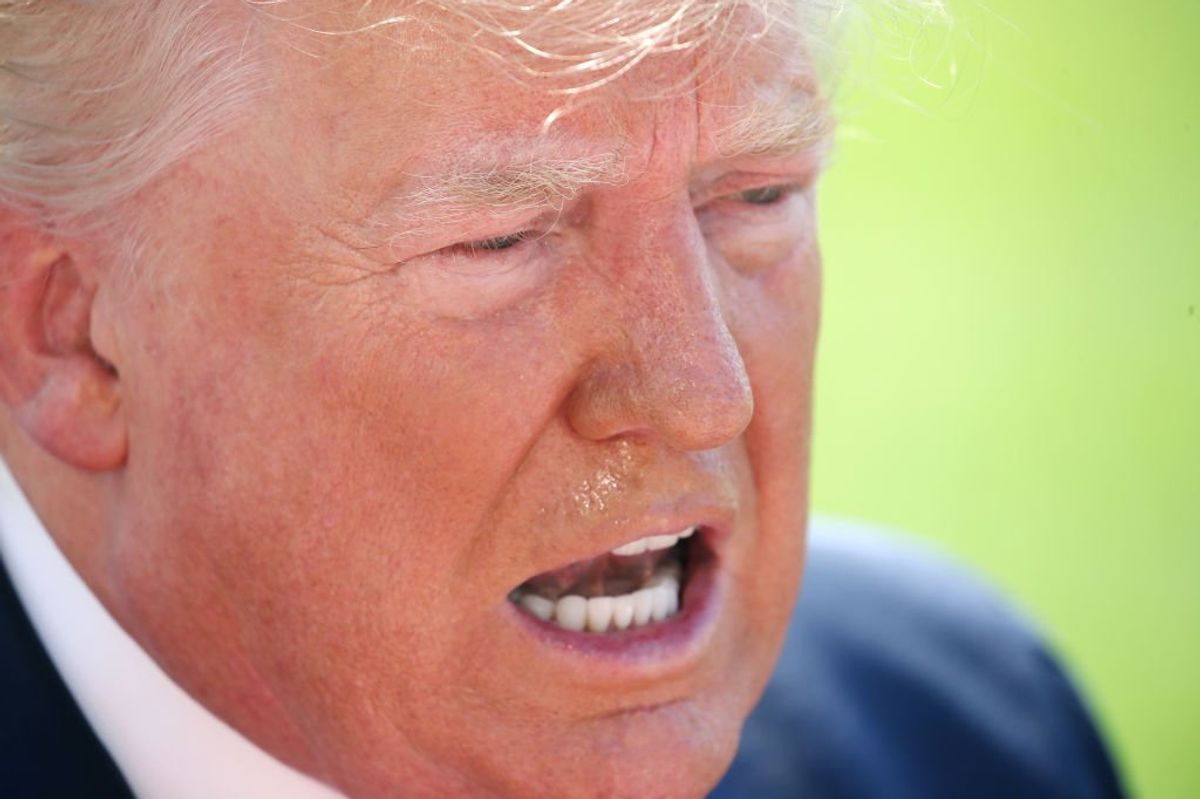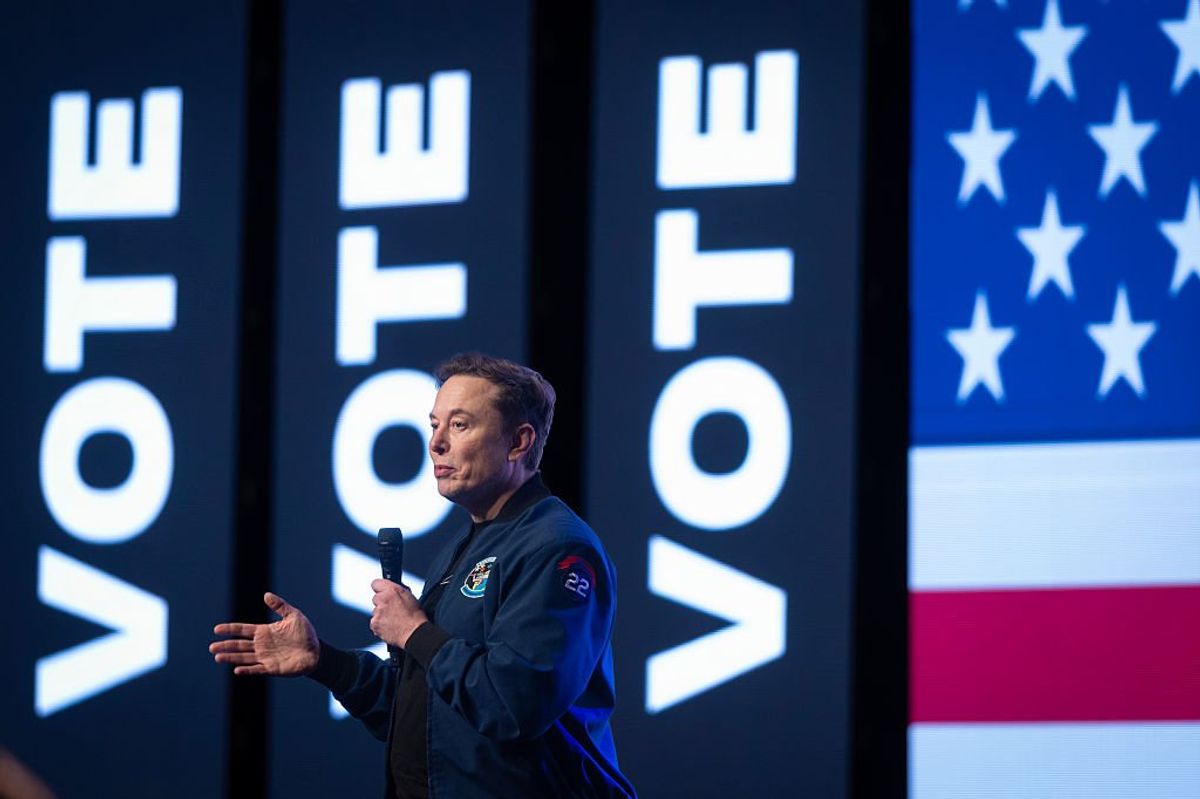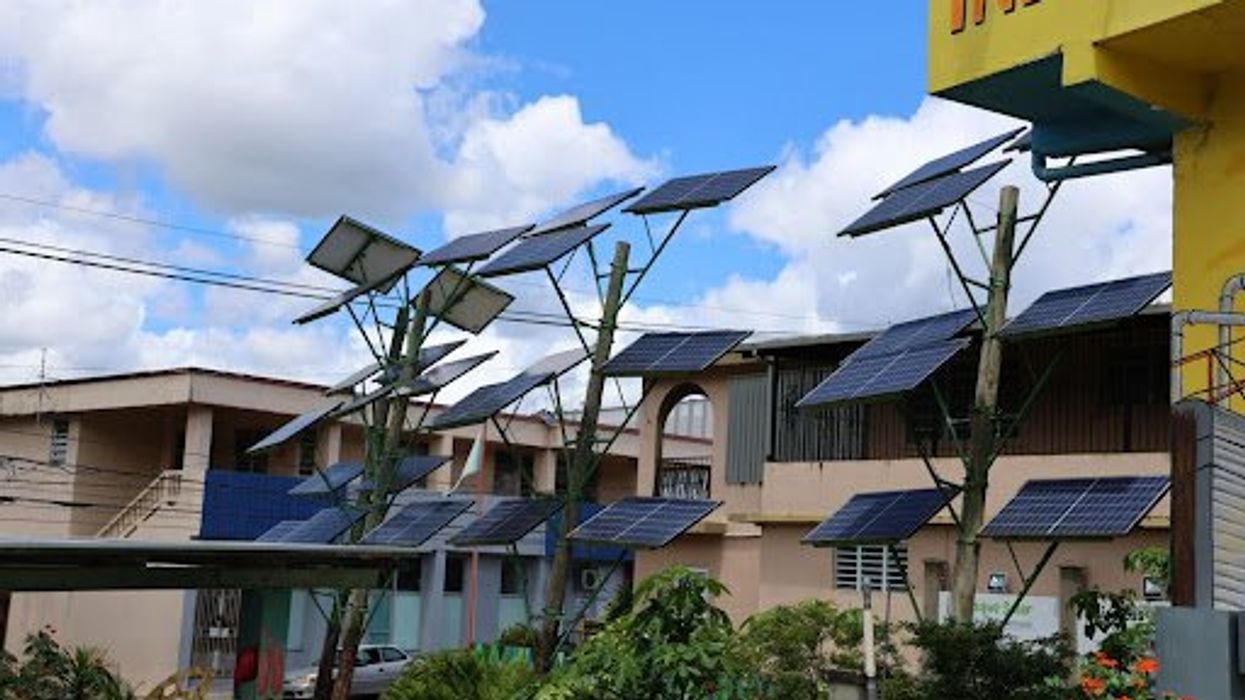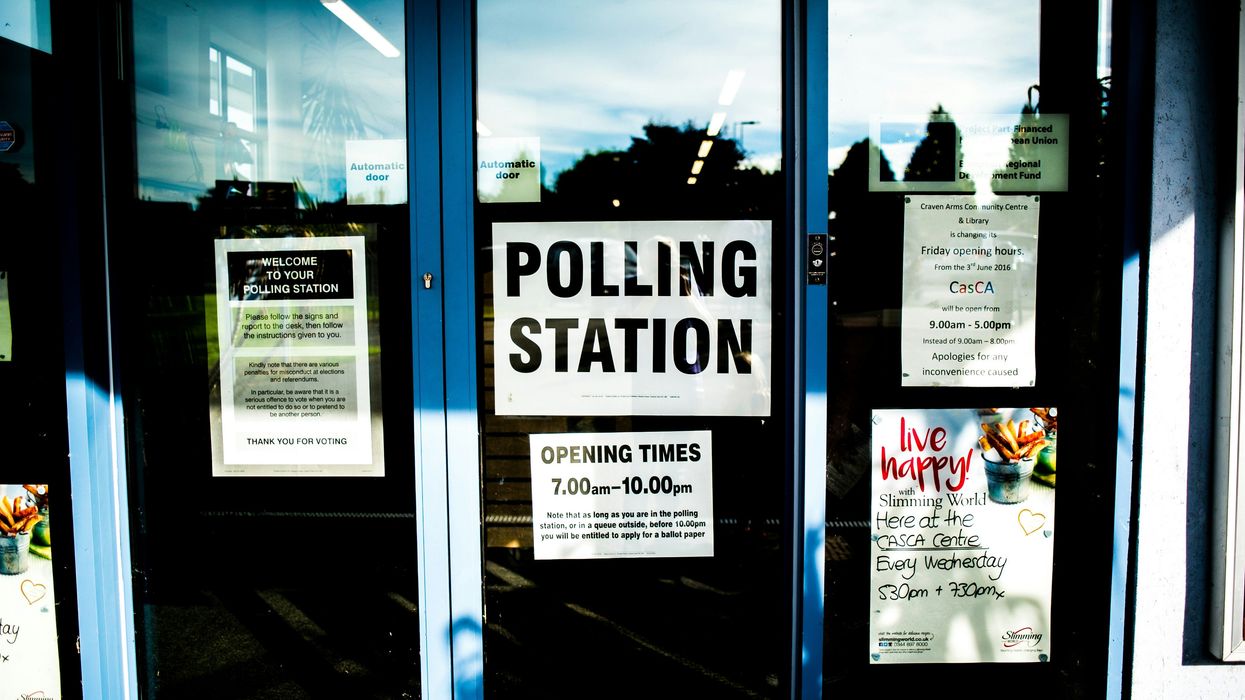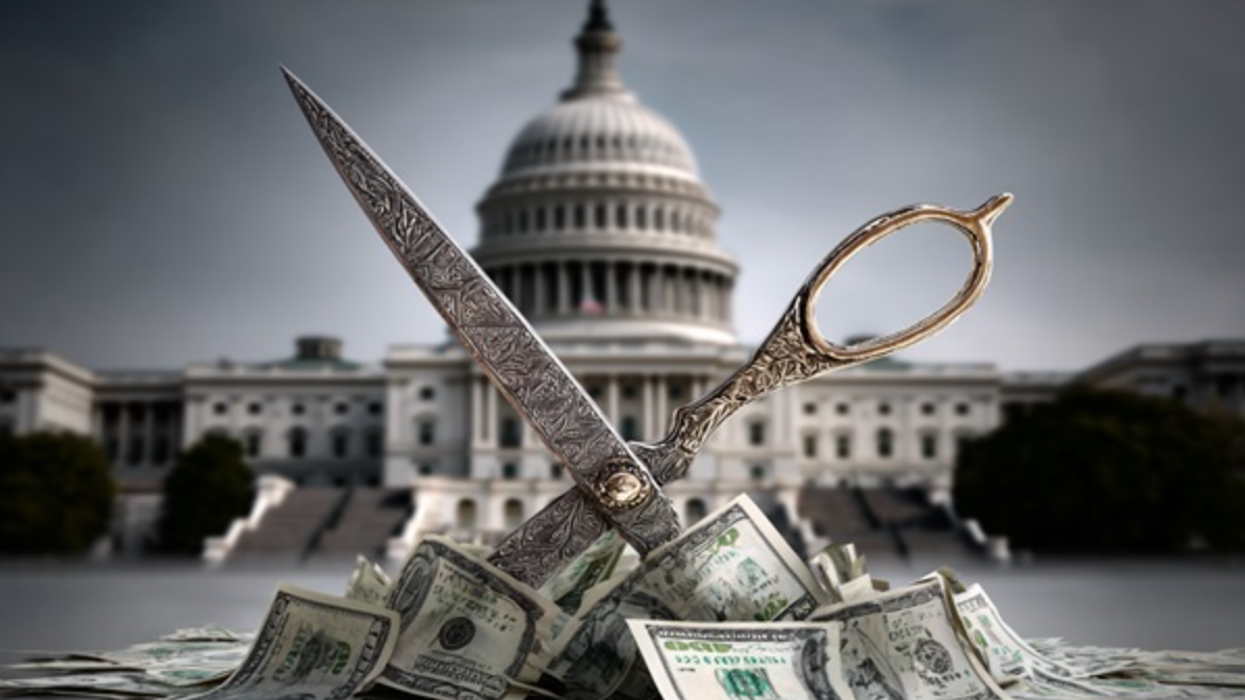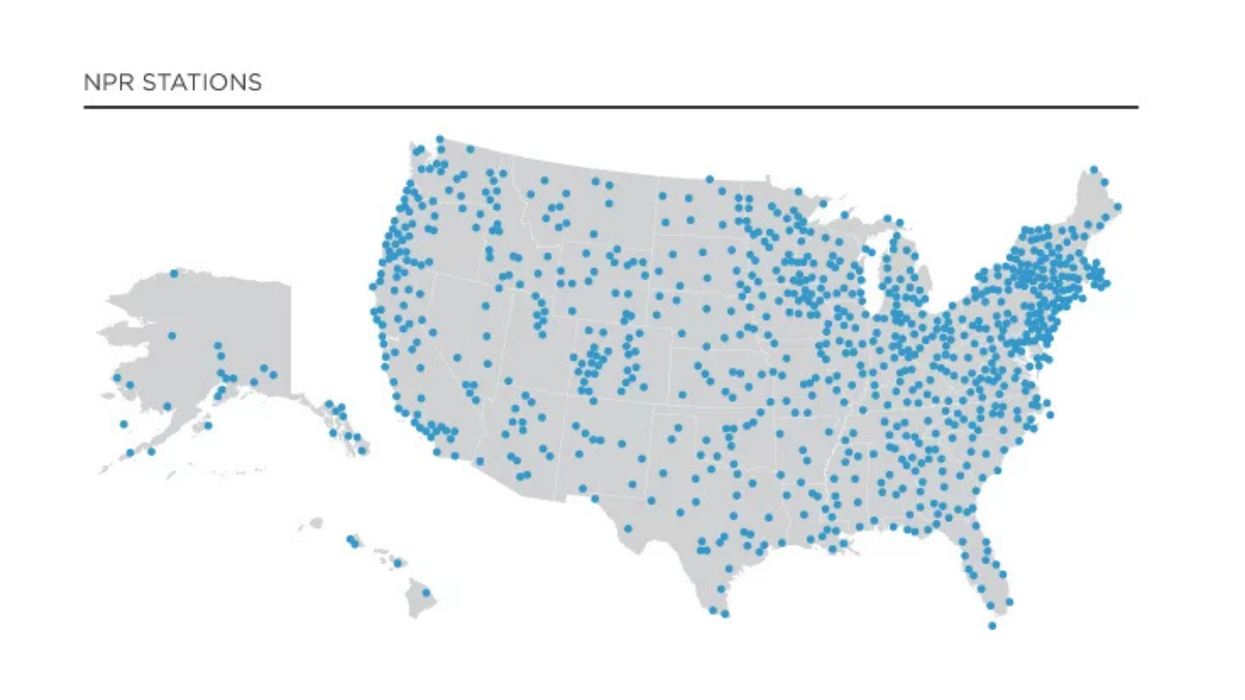H ill was policy director for the Center for Humane Technology, co-founder of FairVote and political reform director at New America.
How big of a role will inflation play in the upcoming presidential election? That’s anybody’s guess, but one thing is certain: Democrats will cite facts and statistics that they hope will lead voters to think inflation is under control, while Republicans will focus on facts and statistics that counter the “it’s all good” narrative.
As they say, you are entitled to your own opinion but not to your own set of facts.
I just experienced for the umpteenth time the sticker shock of paying for a takeout lunch. This one was a Philly cheesesteak, which when I was growing up in the Northeast was kind of a poor man’s refuge for something tasty and cheap. Not anymore. I bought a classic Philly cheesesteak, plus fries and a Diet Coke, and it came to almost $24!
Prices are not just shockingly high in restaurants but also in the grocery store, in Home Depot, Macy’s, in housing and utilities. A post-pandemic inflation surge, stimulated by supply-chain disruptions, saw the nation’s fastest burst of price increases in four decades. It's these everyday, over-the-counter shockers that Republicans will try to exploit during the upcoming elections.
Yet President Joe Biden’s team insists that the economy is doing great and, by most conventional measurements, they're right. Unemployment is low, consumer confidence and spending have picked up, certain types of manufacturing are humming, the stock market is setting records, recovery from the pandemic is in full swing.
But still, a $15 hamburger? That’s probably why Donald Trump has a 22-point lead when voters are asked which candidate will do a better job handling the economy. The numbers are starting to trend a bit for Biden, but he has a big gap to make up.
So who’s right? What’s the real truth? Here are a couple of “scratch your head” perplexities to consider.
First, we have to distinguish between inflation and prices. When the Biden administration says the inflation rate is down, that just means prices are not rising as fast as before. That does not mean price levels have declined. Instead, prices for many products have gotten stuck at the elevated level they rose to post-pandemic.
Second, when it comes to inflation, not all products and services are the same. Research indicates that consumers are much more likely to remember the prices of the things they buy frequently – like groceries and gas – and forget the price of the laptop computer or giant screen TV they bought last month.
The prices of more expensive goods like furniture and consumer electronics have actually been falling for over a year. However food prices are still high, whether it’s in the supermarket checkout line or in a restaurant. Grocery prices jumped by 25 percent over the past four years, and by 9 percent in 2022 alone before softly landing at a more reasonable 3.4 percent in December 2023.
While less than a tenth of an average household’s budget is spent at the supermarket, the prices paid there dominate the perception of consumers because grocery shopping is a near-daily activity. So we are constantly reminded of the high food prices and those experiences play an outsize role in shaping our views of inflation.
Certainly the continued high cost of housing, both for home buyers and renters, also contributes to the volatile electoral brew. But it’s the daily price reminders that add up when you’re still paying a lot more for that jar of peanut butter or bananas or a hamburger. And those prices are not likely to come back down.
Greedflation
However there is more to the story. During the pandemic, corporations got away with what some have called “greedflation,” when companies increase prices to boost corporate profits and create windfall payouts for corporate CEOs. Economist Robert Reich attributes inflation to “monopolistic corporations jacking up prices to maximize profits.”
The data seems to support this view. Corporate profits skyrocketed during the pandemic, zooming by 23 percent in 2021 alone, reaching a peak of over $12 trillion in 2022. Yet most workers’ wages failed to keep up, despite some recent wage gains (after decades of stagnation). A study by the Pricing Lab at Harvard Business School found that big companies have been raising prices more frequently, effectively running tests to see what maximum prices consumers are willing to pay before they stop buying. Another recent analysis from the White House Council of Economic Advisers suggests that elevated profit margins among large grocery retailers could be contributing to the stubbornly high price of food on store shelves.
What can a poor president do?
So what can the Biden administration do? That’s like Mick Jagger asking in “Street Fighting Man,” “But what can a poor boy do, ‘cept to sing for a rock ‘n’ roll band.” It’s a tough question to answer, because even the mighty president can only control so much about the economy.
Biden has begun to use his bully pulpit to pressure large grocery chains to slash food prices for American consumers, accusing the stores of padding their profit margins through price gouging and junk fees. It’s not clear if such rhetoric will lower prices, though it might at least give undecided voters a sense that the president has their back.
But maybe there’s more that can be done. Back in 1971, President Richard Nixon issued Executive Order 11615 to counter inflation by imposing a 90-day freeze on virtually all prices and wages in the economy. That was the first time the U.S. government had enacted extensive wage and price controls since World War II. The controls worked initially, but when the first Arab oil embargo hit, prices started soaring again.
Supply and demand is a funny business. A price freeze likely won’t work for every product and service, but unless Biden wants to end up on the wrong side of the electoral passions that come with a $15 burger, he might want to mandate, at the very least, a hamburger price freeze.
